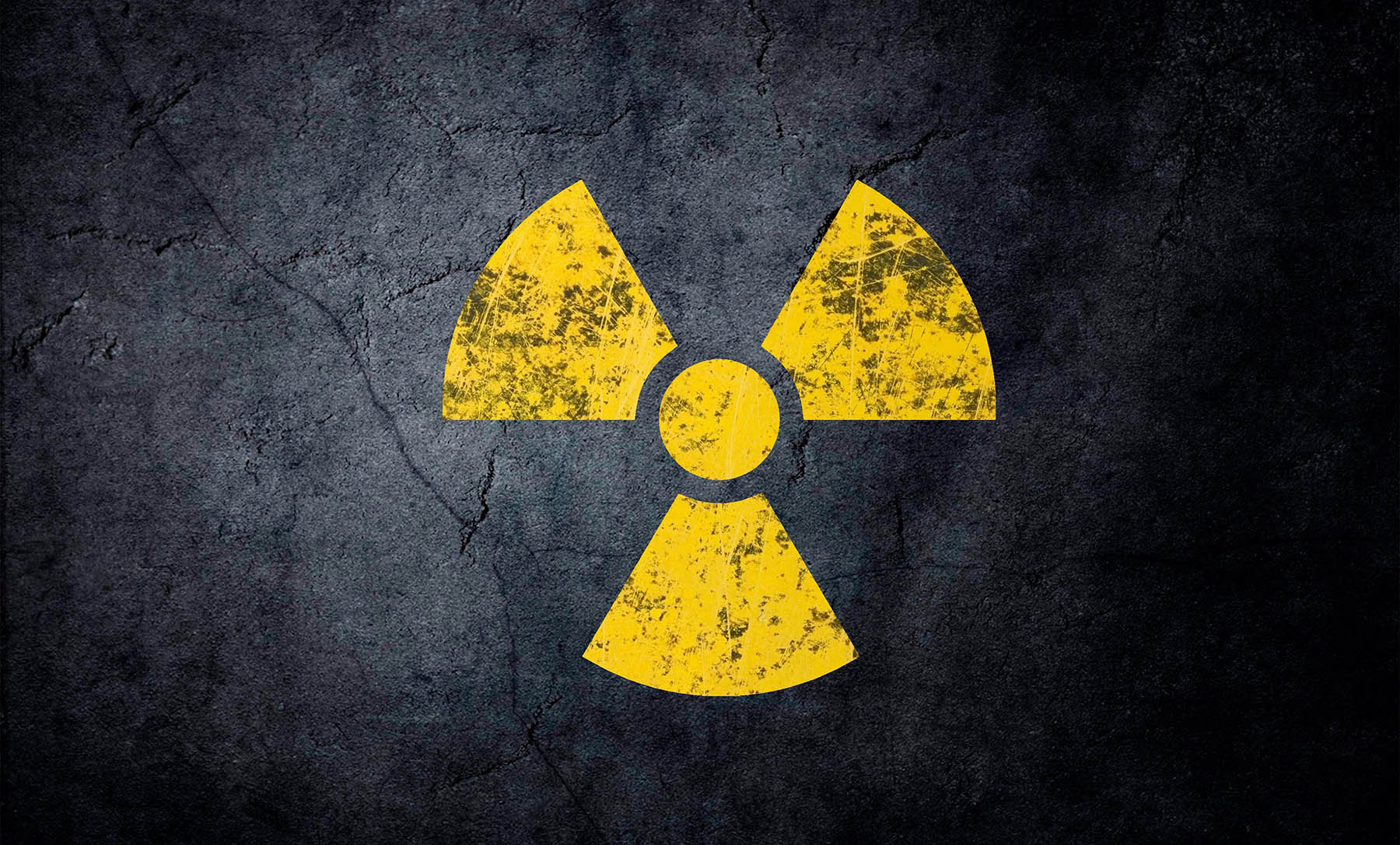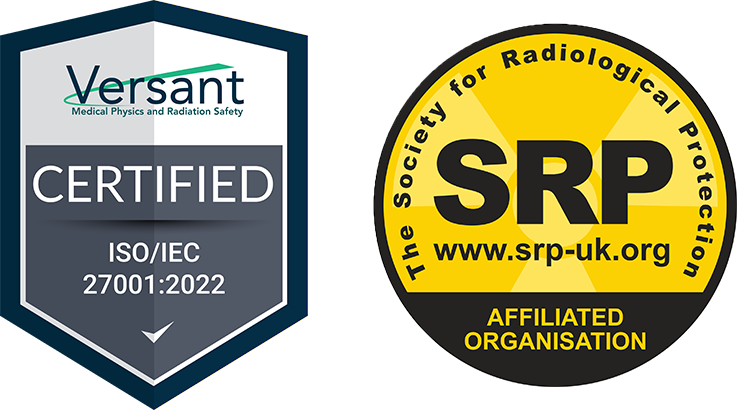Employees who become pregnant and work with radiation or radioactive materials during their pregnancy are often concerned about the safety of doing so, as well as the potential effects of radiation on their unborn child. Occupationally exposed workers are not required to declare a pregnancy to their employer. However, if they decide to declare there are dose limits that should be observed and additional protective measures that can be taken to protect both mom and baby.
Declaring a Pregnancy
In the United States, pregnant employees who work with or around radiation have the option of declaring their pregnancy. This declaration is voluntary and informs the worker’s employer in writing of their pregnancy as well as the estimated date of conception. This information is confidential and shared only with the employer and radiation safety officer, however, it is valuable for reducing exposure and allowing for close monitoring of both the employee and the baby throughout the pregnancy.

The NRC and States require licensees and registrants (i.e., the facility the employee works at) to make efforts to limit the declared pregnant worker’s received dose. This can mean that some normal job functions may not be permitted if doing those jobs would result in the fetus/embryo receiving more than 500 mrem.
Employees also have the option to discuss with their employer or radiation safety officer about potential changes to their job status prior to declaring a pregnancy if they so choose. The option to revoke a declaration of pregnancy even if the worker is still pregnant is also available at any time throughout the pregnancy.
When an employee declares a pregnancy, they should sit down with their radiation safety officer for a one-on-one counseling session. This is a great opportunity to ask questions and address any monitoring or safety concerns that may arise.
They are then issued a fetal dosimeter in addition to their regular monitoring device, which is worn at the hip or waist level. For procedures where a lead apron is worn, the dosimeter should be worn beneath it while the regular dosimeter is worn on the outside at the neck or collar. The fetal dosimeter is monitored monthly by the radiation safety officer to ensure that the regulatory fetal dose limits are not exceeded.
According to regulations, the lower dose limit for the embryo or fetus remains in effect until the worker withdraws the declaration in writing or is no longer pregnant. If it is not withdrawn, the original declaration expires after one year.
If an employee chooses not to declare their pregnancy, the employee and her baby are restricted to the standard occupational dose limits that apply to all occupationally exposed workers. The annual total effective dose equivalent (TEDE) for the whole body is 5,000 mrem. (10 CFR Part 20.)
Occupational Exposure
In most cases, the ways in which a pregnant woman may be occupationally exposed to radiation within regulatory limits are not likely to cause adverse health effects for the developing fetus. However, most regulations are guided by the principle that any level of radiation can potentially result in negative biological effects and that the likelihood of such effects increases as the dose received increases.
The NRC requires licensees to “limit exposure to the embryo/fetus of an occupationally exposed individual to 500 mrem (5 mSv) or less during pregnancy for a declared pregnant worker who is exposed to radiation from licensed radioactive materials including radionuclides.” (10 CFR 20.1208) This lower dose limit is “based on a consideration of greater sensitivity to radiation of the embryo/fetus and the involuntary nature of the exposure.”

To break this down further, the regulations state that the radiation dose from occupational exposure should be limited to 500 mrem for the duration of the pregnancy and no more than 50 mrem per month. At this level, (1/10 the dose that a regular occupationally exposed worker may safely receive in a year) the risk of negative health effects is low.
Pregnant workers can speak directly with their radiation safety officer or on-site medical or health physicist to determine the safest dose limits for their individual needs, which may depend on their exposure history and the types of jobs they perform on a regular basis.
Undergoing Medical Procedures While Pregnant
Occupational limits for declared pregnant workers do not apply to individuals who undergo diagnostic or therapeutic procedures, such as X-rays, fluoroscopy, or radiation therapy.
According to Robert Brent, MD, Ph.D. for HPS.org, diagnostic procedures of different parts of the body, such as the head, teeth, legs, or arms do not directly expose the fetus. Modern medical imaging procedures focus the X-ray beam only on the body part of interest, and the amount of radiation that could reach the embryo or fetus during these diagnostic procedures is small and unlikely to increase the risk of miscarriage or birth defects. Most procedures expose the developing fetus or embryo to less than 50 mSv, if at all. At this level of exposure, there is no cause for concern.
Regardless of pregnancy status, the ALARA principle should be implemented by the individual’s care team to guide decisions made about treatment and diagnostic procedures. A radiation safety officer or medical physicist can also help provide options to minimize dose. It should also be noted that those with fetal dosimeters should not wear their dosimeter during an X-ray or nuclear medicine procedure.
Conclusion
Ultimately, the decision to declare a pregnancy is that of the pregnant radiation worker. Under the current safety guidelines, the risk for adverse health effects to an embryo or fetus posed by occupational exposure or medical procedures is low. However, employees should take advantage of the resources available such as the NRC regulations, literature provided by the Health Physics Society, and the expertise of their radiation safety officer and on-site medical or health physicist.
Visit our website to learn more about Versant Physics regulatory services, including radiation safety officer support, personnel dosimetry management for declared pregnant workers, and more.
Sources
https://www.cdc.gov/nceh/radiation/emergencies/prenatalphysician.htm
https://www.nrc.gov/reading-rm/doc-collections/cfr/part020/index.html
https://hps.org/hpspublications/articles/pregnancyandradiationexposureinfosheet.html




